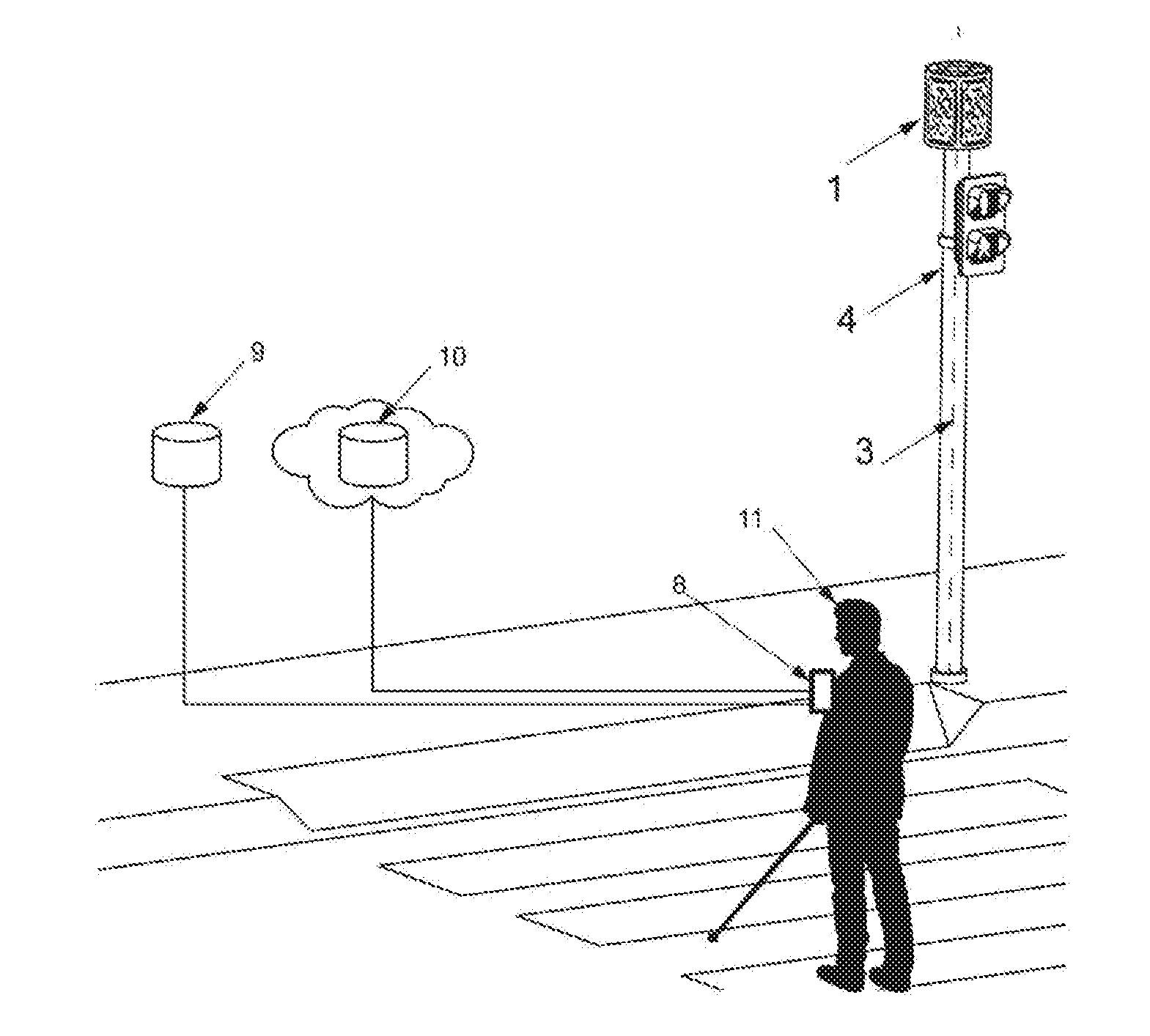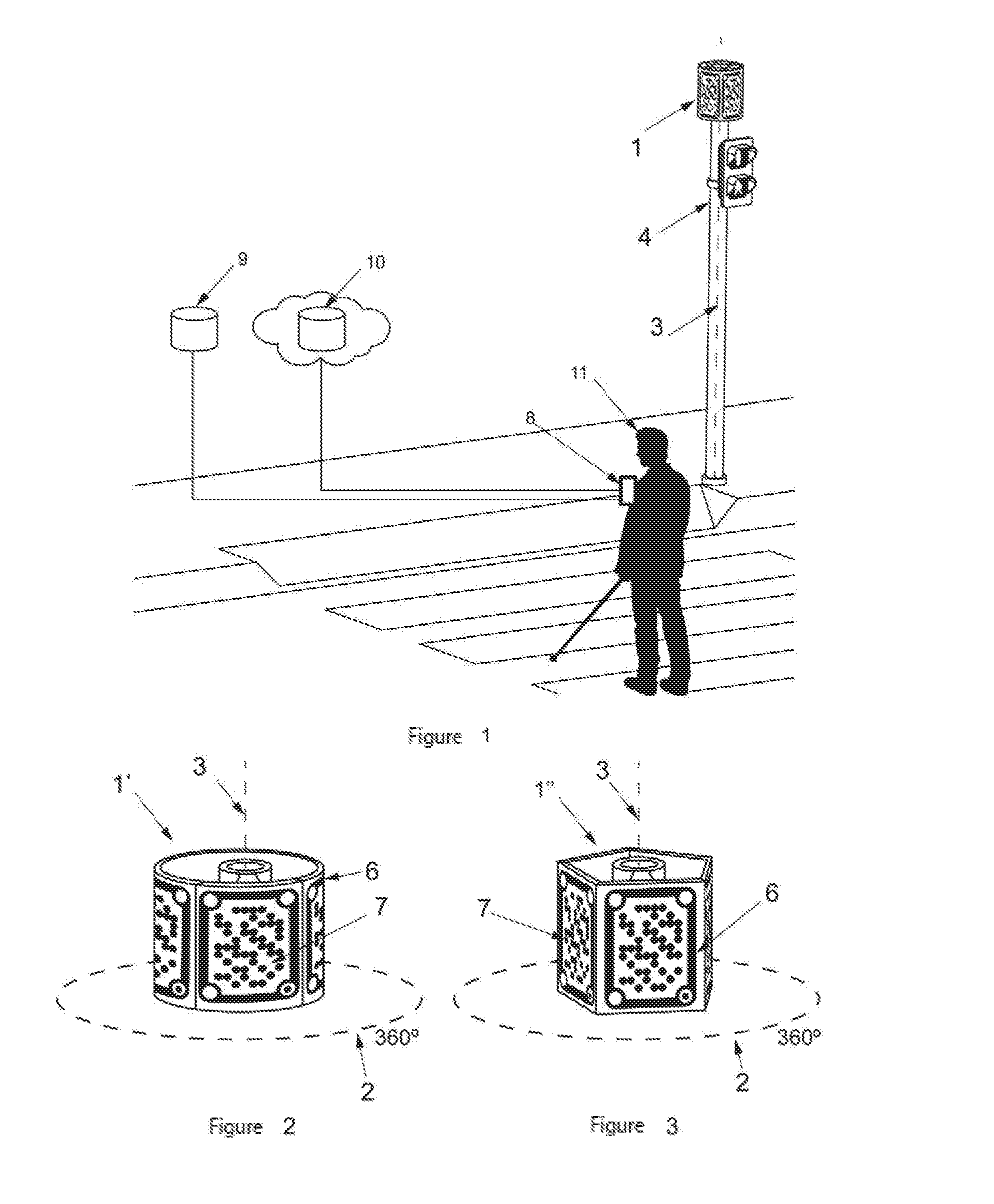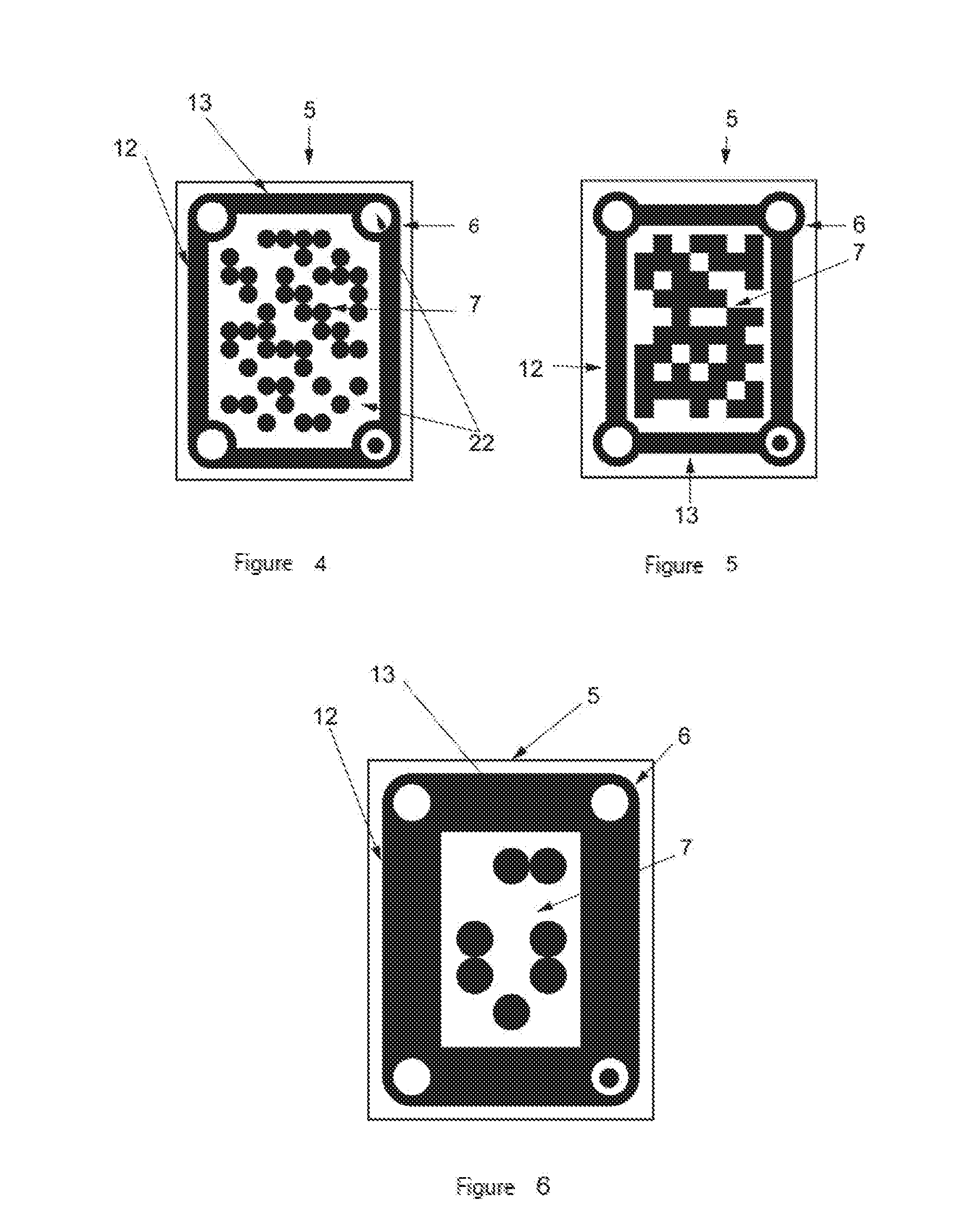However, when crossings are in various directions or include
pedestrian islands, traffic lights with sound signals may confuse blind people, posing a
hazard of
impact or crushing.
These traffics lights
pose the same problem already discussed for traffic lights with sound signals.
These lights do not offer a solution for blind people to cross the road.
These
computer vision systems are unable to recognize blind or visually impaired people to help them cross the road safely.
These systems to guide blind people have very high installation and maintenance costs.
One of the main reasons why public authorities do not adapt or install traffic lights to ensure that blind or visually impaired people can cross the road safely is their cost of acquisition, installation and maintenance.
Installing traffic lights for blind or visually impaired pedestrians that are only used occasionally implies a cost that the governments concerned are rarely willing or able to bear.
In some locations, such adapted traffic lights are thus limited exclusively to the city center or to crosses with much pedestrian traffic.
Devices using computer vision
software to detect traffic lights and identify their state face certain limitations.
Some of the challenges to the recognition of traffic lights with computer vision
software are:To ensure that the
software correctly recognizes the traffic light, the camera has to face the relevant traffic light
straight ahead or with a very small variation angle.
If the camera faces it from one side, it will interpret it as a traffic light facing elsewhere and will not identify it as the one to be used to cross the road.At crossings where traffic lights are at a distance greater than 20 meters, there is no guarantee that the software detects that there is a traffic light.
If the traffic light is not recognized as such by the software, its state cannot be identified.Crossings where there is more than one traffic light facing frontally confuse the computer vision software, since it may recognize a traffic light that is not the one pedestrians want to use.At crossings with pedestrian islands, the software may wrongly interpret the state of the traffic light in cases where both traffic lights are not in the same state.In
darkness or limited
visibility conditions, the computer vision software cannot recognize the contours of the traffic light and therefore it cannot recognize it as being a traffic light.There is a variety of models of traffic lights.
The computer vision software may face great challenges and perform poorly if it is to recognize
multiple models of traffic lights: Their specifications may differ highly in terms of size, shape, lamp colors, number of lights, distribution of lights, presence of a
countdown timer, etc.Electronic guidance devices are carried by a pedestrian, who may be stationary or moving.
Capture of motion images creates
distortion and fuzziness in the images, which poses a challenge to the recognition of traffic lights by computer vision software.When the camera stops detecting the traffic light, it cannot know if the blind person is following the correct path.Global positioning systems like GPS have a margin of error of between 3 and 10 meters.
However, in the case of electronic guiding devices with computer vision, if the location of the traffic light is determined by GPS, there are no guarantees that the correct traffic light will be identified.
All these problems involved in the recognition of pedestrian traffic lights and their status may cause serious injury or death to blind or visually impaired pedestrians.
 Login to View More
Login to View More  Login to View More
Login to View More 


